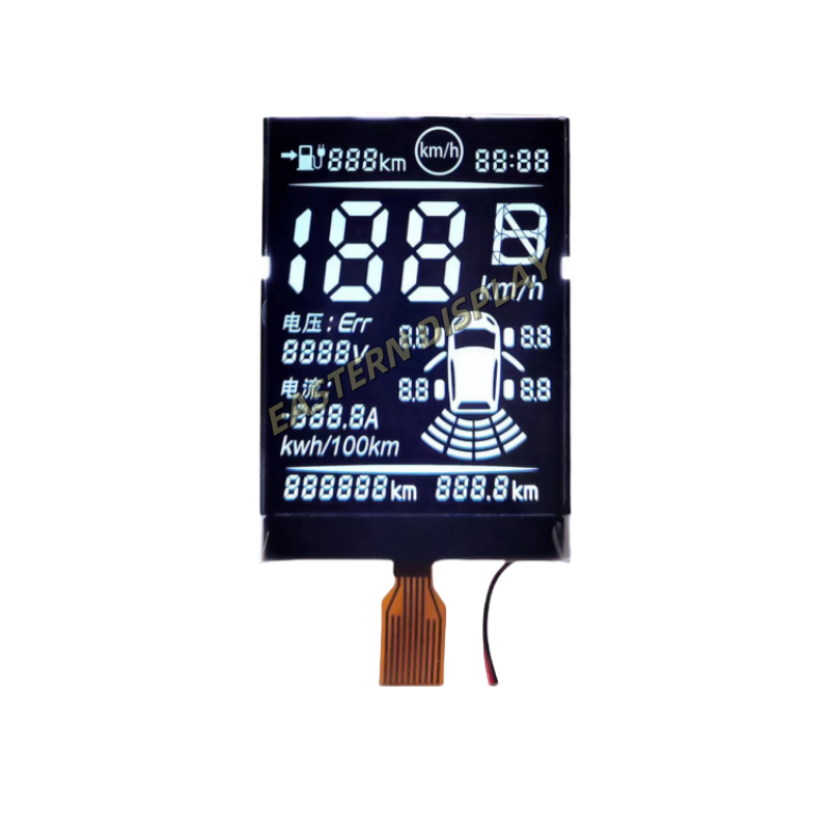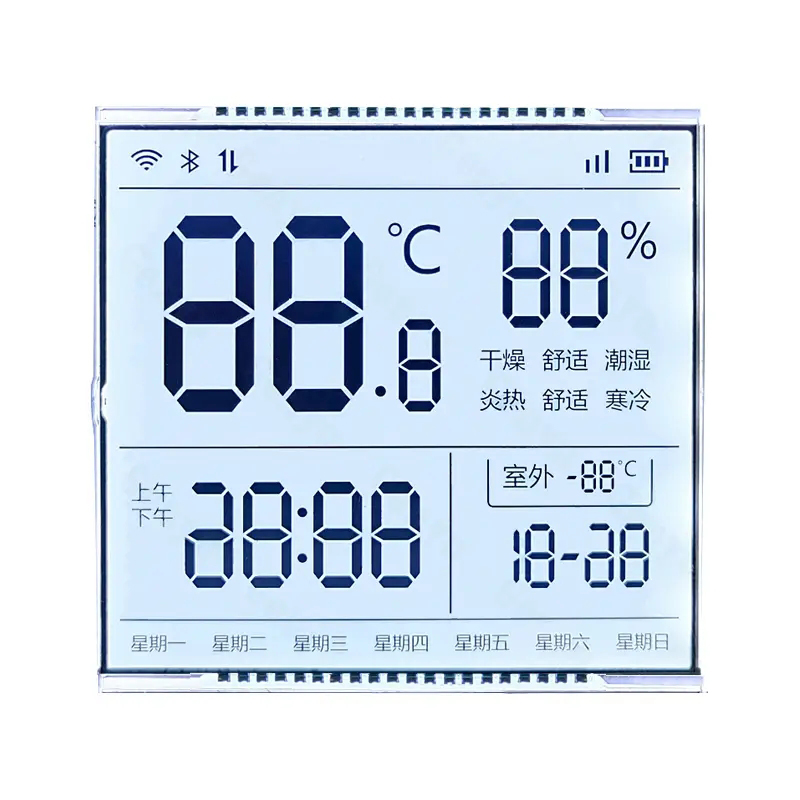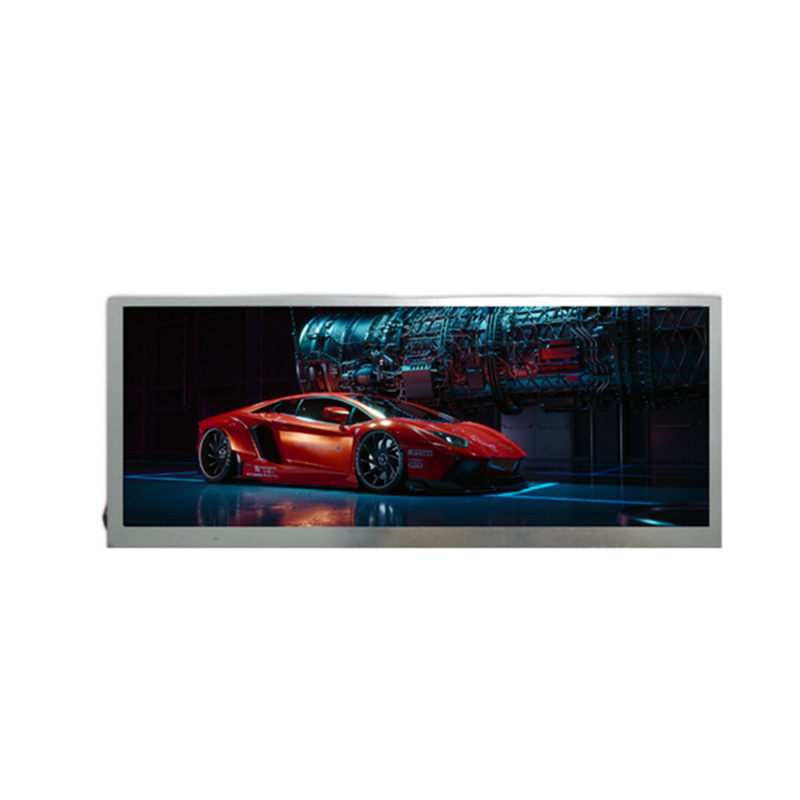
The world of displays is constantly evolving, and one exciting development is the emergence of the circular OLED display. Unlike traditional rectangular screens, these displays offer a unique and visually appealing circular format, opening up new possibilities for design and functionality. This guide provides an in-depth look into this innovative technology, covering everything from its underlying principles to its real-world applications and future prospects. We'll also consider the advantages and disadvantages of choosing a circular OLED display over other display technologies.
Before diving into the specifics of circular OLEDs, it's essential to understand the fundamentals of OLED (Organic Light-Emitting Diode) technology. OLEDs are self-emissive displays, meaning each pixel generates its own light, eliminating the need for a backlight like in LCDs. This leads to superior contrast ratios, deeper blacks, and wider viewing angles. The organic materials used in OLEDs allow for flexible and curved designs, making them ideal for creating circular OLED displays.
Creating a circular OLED display involves specialized manufacturing processes. The circular substrate needs to be precisely cut and prepared before the organic layers are deposited. This requires advanced precision engineering and meticulous quality control to ensure consistent light emission and image quality. The challenge lies in efficiently utilizing the circular substrate and minimizing waste during production.
One of the most prominent applications of circular OLED displays is in wearable technology, particularly smartwatches. The circular form factor naturally complements the round shape of a wrist, offering a more aesthetically pleasing and intuitive user experience. Many premium smartwatches utilize this technology for its superior visual quality and power efficiency.
The automotive industry is exploring the use of circular OLED displays in instrument clusters and infotainment systems. The circular design can be integrated seamlessly into modern car interiors, providing drivers with clear and concise information. The advantages of high contrast and vibrant colors contribute to enhanced driver safety and an improved driving experience.
Beyond consumer electronics, circular OLED displays find applications in industrial settings. For example, they can be used in specialized monitoring systems and control panels, providing a compact and visually appealing interface for complex data visualization. The robustness and durability of OLED technology make them suitable for harsh industrial environments.
Like any technology, circular OLED displays have both advantages and disadvantages. Let's take a look:
| Feature | Advantage | Disadvantage |
|---|---|---|
| Design | Aesthetically pleasing, unique form factor | Can be challenging to integrate into existing designs |
| Image Quality | High contrast, vibrant colors, wide viewing angles | Potential for burn-in with static content (though significantly improved in modern displays) |
| Cost | — | Generally more expensive than traditional rectangular displays |
Table 1: Advantages and Disadvantages of Circular OLED Displays
The future of circular OLED displays looks bright. As technology advances, we can expect to see improvements in efficiency, brightness, and cost-effectiveness. Further innovation in manufacturing processes will likely lead to more widespread adoption across diverse industries. New applications, such as augmented reality devices and advanced automotive displays, are likely to emerge.
For more information on high-quality display solutions, consider exploring the capabilities of Dalian Eastern Display Co., Ltd., a leading provider in the display industry.
1Data on OLED technology is generally available from various manufacturers and research publications. Specific data points on manufacturing processes and cost are often proprietary.












